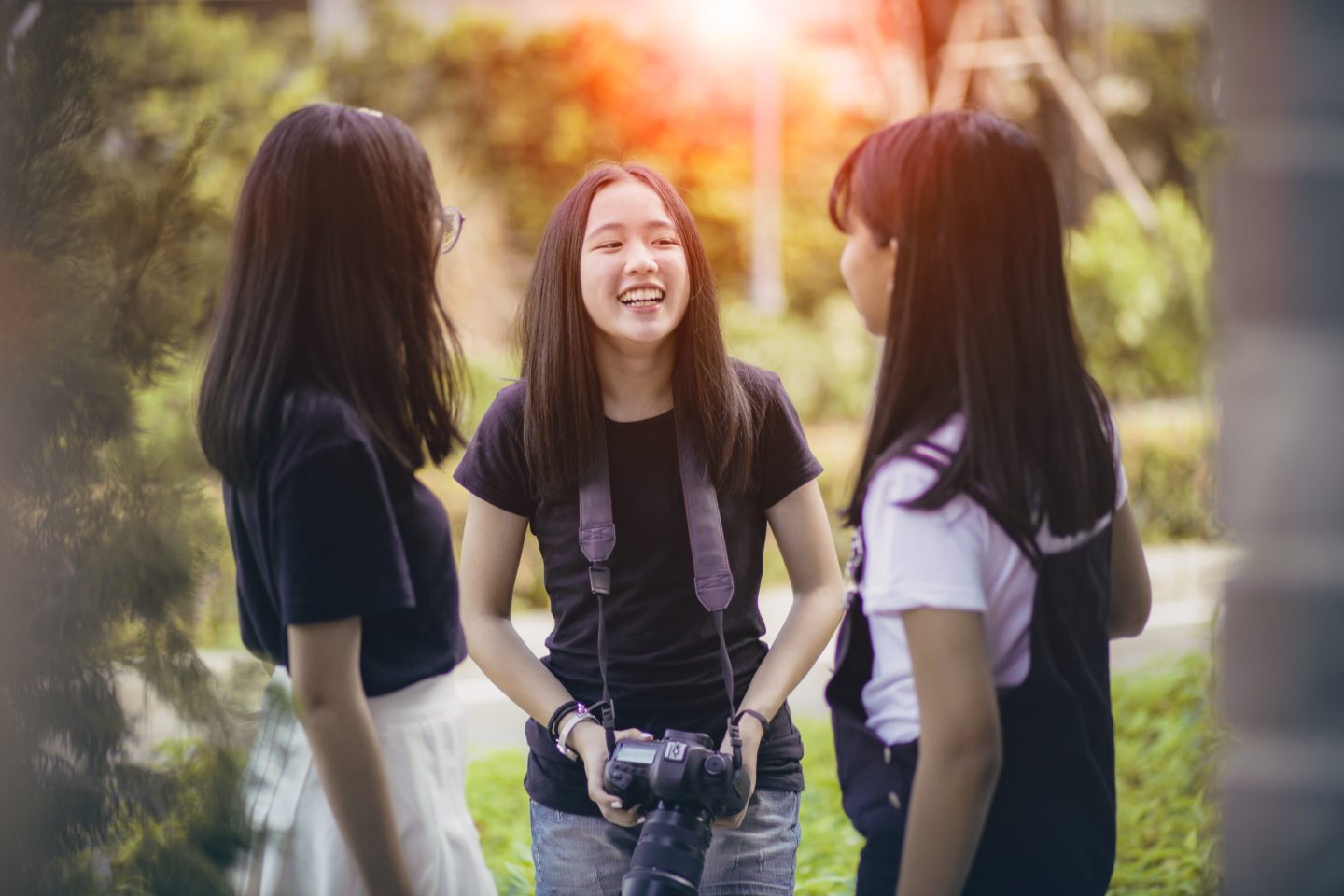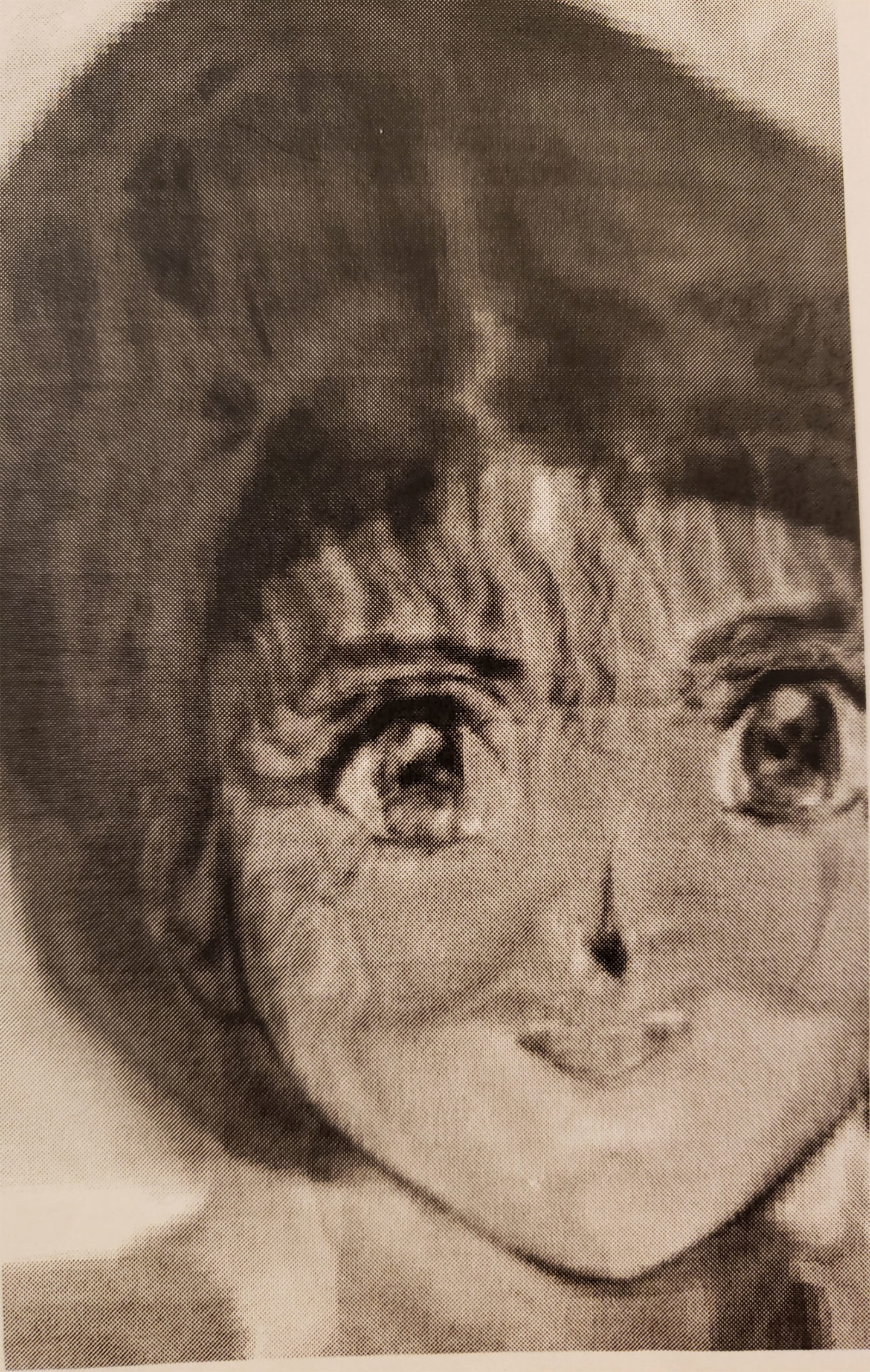This is a long lesson that I have broken up into two posts, part 1 & part 2. These lessons plans are from when I worked at a public library. We had an evening Teen Photography Club Holiday Party that lasted until we closed up the branch at nine o’clock!
Lesson 1: The Magic Hour/Light Chasers Manga Booklet
Activity 1: Practice seeing light/Make yourself into a Manga Character
Lesson 2: See the Light (See Teen Photography Club Lesson Plans: Light part 2)
Activity 2: Ninja Light Chasers (See Teen Photography Club Lesson Plans: Light part 2)
Bonus Activity: Candy Making-Cherry Chocolates (See Teen Photography Club Lesson Plans: Light part 2)

Lesson 1: The Magic Hour/ Light Chasers
Photography is all about capturing light. In order to take great photos, you need to understand the different ways light effects the quality of your photos. In these lessons we mainly learn about outdoor lighting conditions. Once you get a good grasp of outdoor light then you can then replicate it in an indoor setting.
Where is the sun and why does it matter?
- The position of the sun in the sky causes different lighting conditions.
- At sunrise, the sun is 90 degrees, until about midday when, depending on the time of the year and where you are in the world, it is directly overhead.
- This movement is reversed as the day ticks on to sunset.
2. Two less obvious changes caused by this movement that occur during
the day;
- The length of shadows decrease as the sun rises.
- For example, in the early morning shadows are long, elongated.
- The color temperature of light alters from red (Sunrise/sunset) to blueish. (noon)
- *Note-This latter change is nearly invisible to humans because our brains perform a kind of white balance control so that we see all light as neutral white light.
3. At noon in the summertime when ground shadows are almost non-
existent, objects in an image will seem flat.
Example- The same object photographed earlier in the day will have shadows that highlight contours such as in a landscape, in a person’s face, and the angled surfaces of buildings. This type light creates a three-dimensional appearance.
4. Color temperature is important because, while our brains adjust for
color casts caused by color temperature, cameras do not.
a. Film and digital sensors record light exactly as it appears unless
compensations factor is applied.
Example- You are shooting pictures of your brother. He’s wearing a white t-shirt. The color will look different in the living room (orange/yellow) than in the backyard (blueish). Usually your camera fixes this automatically, but not always.
b. Fix the white balance before shooting or you’ll have to fix it in
Photoshop or another program or app.
5. Think of the sun as a studio light. Unobstructed sunlight is directional
(a point source) in the same way that an unobstructed studio light is
directional.
a. The light from a directional, point source is typically harsh,
creating prominent shadows.
b. Put a soft box over our hypothetical studio light and the light
becomes much softer.
- Cloud cover has the same effect on sunlight, producing much softer (omni-directional) light and less well-defined shadows
- Direct sunlight is considered hard/harsh quality light
- Cloudy/diffused sunlight is soft in quality. simultaneously.
6. Direct light from a point source (harsh/hard light) increases
contrast, which makes it harder for the camera to record detail in
highlight and shadow areas simultaneously.
a. Harsh/hard light also darkens and defines shadows which
makes them prominent in the photo.
b. Omni-directional light from a diffused source (soft light)
reduces contrast, making it easier for the camera to record
detail across a wide tonal rage, and softening the appearance of
shadows.
7. Light changes from season to season
a. In the summertime you get more light for longer in the summer
than you do in the winter.
b. In late spring and summertime, the sun rises high in the sky to
the point where it is directly overhead.
c. During late fall and winter the sun never reaches this lofty peak
and even at midday it is at a more acute angle.
d. The effect of the angles of sunlight is to create and increase the
length of the shadows increasing the sense of three-dimensions.
e. Shadowless scenes appears flat on paper.

Light Chasers Manga Booklet
Activity 1: Practice seeing light/ Make your face into a Manga Character
Divide the class into two groups.
Supplies for Group one: Notes, Studio lights or a house lamp, Camera, Outside
Group one: practice seeing the difference between harsh/hard light and soft light.
Using the studio lights or outdoor light practice seeing the light by taking various pictures and comparing the lighting conditions. Composition does not matter right now, nor does the subject. You are just learning what light does to your pictures.
Supplies for Group Two: Computers, Internet Access, Websites Provided
Group two: go to the computers and using the websites provided turn your faces into manga characters .
St. Andrews Face Transformer is an older site now, but still works if you are interested in trying this one.
*Not all of the transformed faces turn out like this one. Some of them are pretty scary looking.

This is one that I found with a quick google search. It’s not turning my face into a manga character, but it’s totally fine because it has so many fun choices!

https://www.befunky.com/create/photo-to-cartoon/

https://www.befunky.com/create/photo-to-cartoon/
*If these aren’t your cup of tea then Google> turn picture into anime drawing free, and you’ll find so many new sites to try.